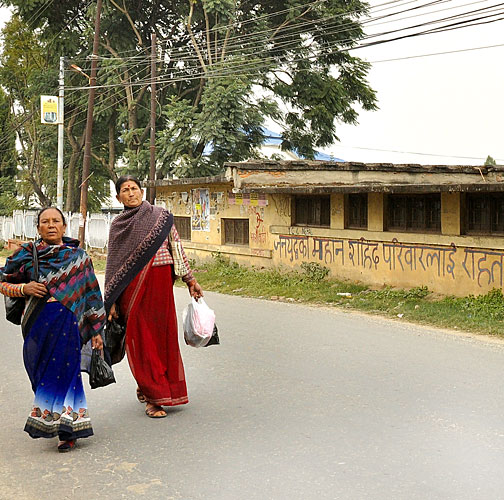 BIKRAM RAI |
Nepal's leaders spent the five years since the signing of the Comprehensive Peace Accord (CPA) on 22 November 2006 arguing over semantics. But it was an excuse to buy time for power struggle between and within the parties.
Now there is a concrete plan and a multi-partisan commitment to see the process through. "The major challenge now lies with implementing the agreement," writes Kul Chandra Gautam in an analysis on p12-13, "this is no time to be nit-picking and second guessing."
Many of the provisions in the 1 November agreement (return of seized property, disbanding the YCL, decommissioning the Maoists) are not really new. But the parties now have to do in weeks what they couldn't do in five years and try to maximize the 'peace dividend' from the compensation cash.
If the political leaders give clear guidance, the Special Committee can work it all out. The challenge is for the Maoist-led Ministry of Peace and Reconstruction to work on the rehabilitation package without bungling it.
Read our CPA 5 Special
The way ahead, KUL CHANDRA GAUTAM
War during peace, DHANA LAXMI HAMAL
A war of words, RUBEENA MAHATO
The five-year ceasefire, EDITORIAL
No war, no peace, RUBEENA MAHATO


